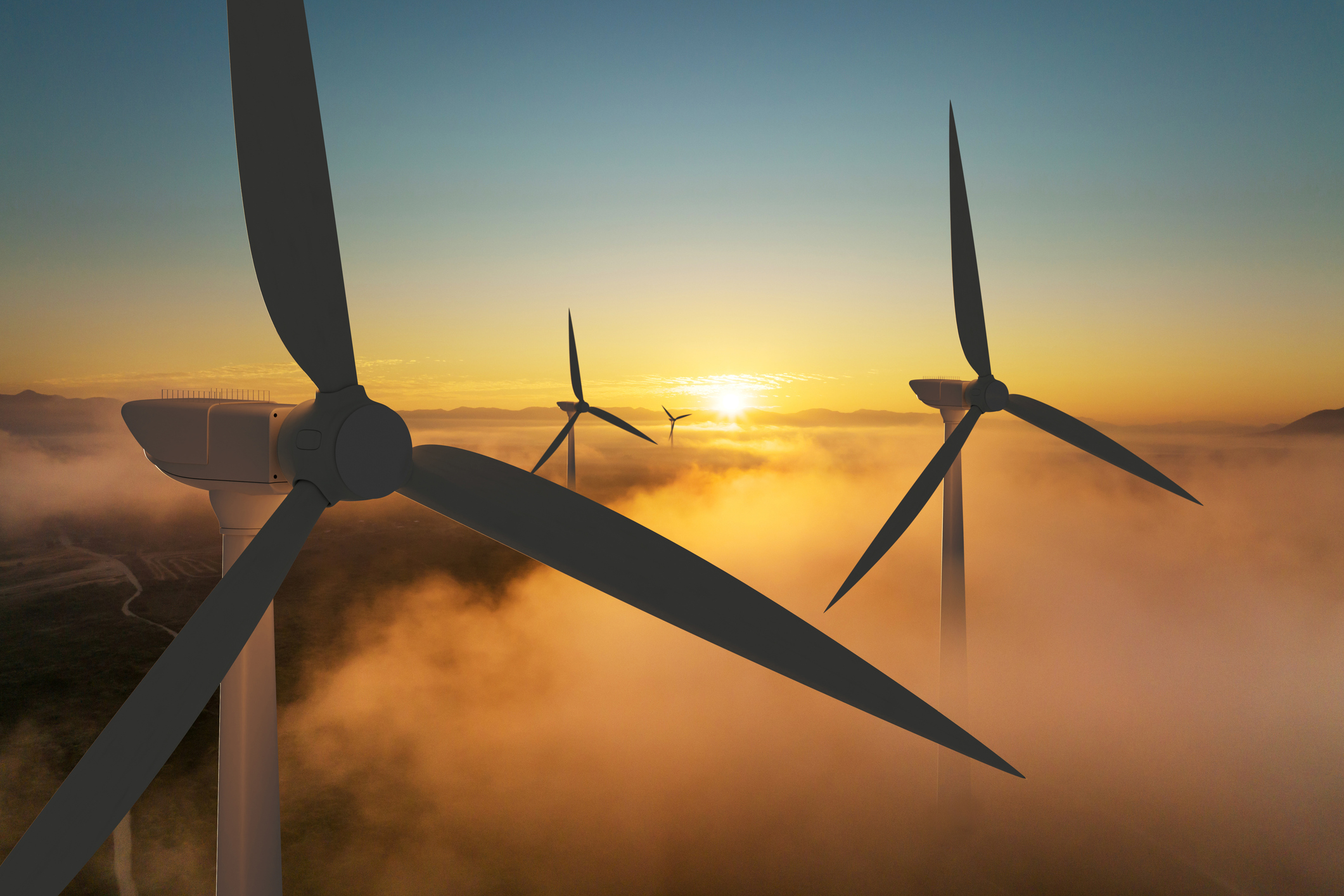Related Articles
This morning, Governor Inslee announced his latest climate proposals for the 2022 legislative session.
Despite proposing hundreds of millions of dollars in additional spending, none of the governor’s proposals today will reduce additional CO2 emissions. Every policy – from subsidizing solar panels, to subsidizing electric vehicles – duplicates an existing policy. They are expensive but add nothing. Additionally, the creation of a new office to ensure accountability for CO2 reductions is ironic given that the existing program to do that – Results Washington – scrubbed the metrics from their web page when the targets were missed in 2019 and have not replaced them.
Here are a few details about the shortcomings of this new proposal.
- Washington state already has at least three polices to subsidize electric vehicles – the low-carbon fuel standard, the cap-and-trade system, and existing EV subsides. There are also federal subsidies. Yet one more subsidy just spends more money but does little to nothing to reduce emissions.
- The EV subsidies are available for cars up to $55,000, which is the MSRP for a Mercedes E Class.
- Washington’s electricity is already required to be 100% renewable by 2030. The proposal to spend $100 million on solar panels adds nothing to that goal except cost. Since Washington’s emissions are virtually 100 percent renewable already, solar panels would simply replace CO2-free energy – doing nothing to reduce emissions.
 The National Renewable Energy Laboratory ranks Washington, especially Western Washington, as one of the worst states in the nation for solar energy potential. Of all the potential areas to subsidize, solar panels have perhaps the worst potential to reduce CO2 emissions.
The National Renewable Energy Laboratory ranks Washington, especially Western Washington, as one of the worst states in the nation for solar energy potential. Of all the potential areas to subsidize, solar panels have perhaps the worst potential to reduce CO2 emissions.- Natural gas for home heating is already covered by the new cap-and-trade carbon tax. Additional restrictions just target the same sector without changing total emissions reductions.
- The governor proposes creation of a “Climate Commitment Accountability” that would “implement a biennial strategic climate work plan with performance milestones and accountability measures.” Ironically, that already exists. Results Washington was created to provide exactly that role of measuring and accountability. When the state was missing all its goals in 2019, the governor’s office scrubbed the web page of those failed targets and three years later there are still no metrics to replace the old ones. There is no reason the new office would be any different than the previous, failed effort.
In 2013, Governor Inslee said his administration would prioritize efforts based on, “The effectiveness in achieving emission reduction objectives, including the cost per ton of emission reduction.” These new proposals fail to live up to that standard and are extremely expensive despite doing little to add to emissions reductions.
The reason Washington has consistently failed to meet its CO2 emissions targets is that we measure policy based on dollars spent, not results. A serious approach to climate change requires that Washington prioritize based on effectiveness, promoting innovation developed in the market rather than by politicians



